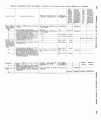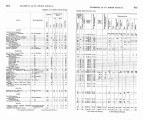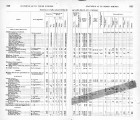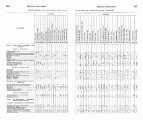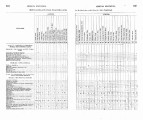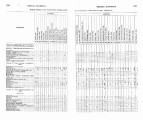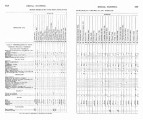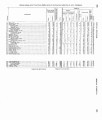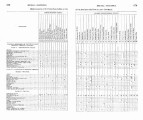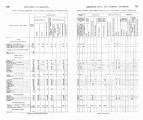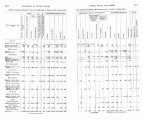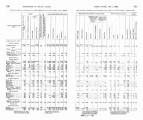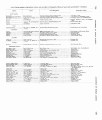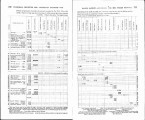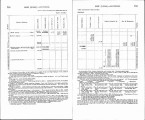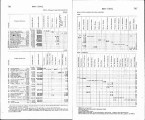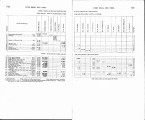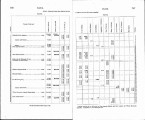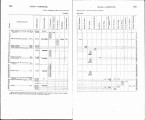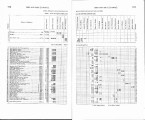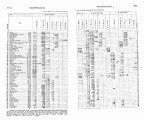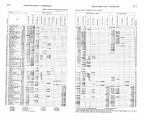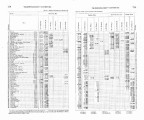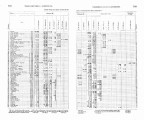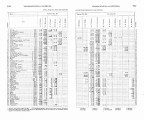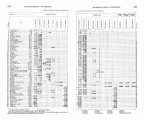| OCR Text |
Show REPORT OP SUPERIATESDENT OF INDIAN SCHOOLS. 373 $7,849.59: and a Soutllern Methodist Episcopal school, Kiowa Agency, Okla., with 28 pupils, received $5,150. It is manifestly unfair to complain that Government schools can uot be conducted for the same sum ($lo&) per capita that these contract schools receive fro111 the Gover~~meutM. uch more nufair is the comparison when it is known that ten colltraut schools receive a per capita from the Government of $126 each. Four others receive $150 each per capita, and four others still $167 each per capita, the latter uuder special appropriatioil by Don-gress. Nor should I omit to state that the St. Bouifaoe School (Roman Oatholic), Banning, Gal., with aper capita of $125 from the Government, receives also from the church $1,700; the Tucson (Presbyterian), with $125 per capita from the Governmeut, receives also $3,527 froin the church; the Holy Family (Roman Oatholic), with $126 per capita, from the Government, receives 88,662 from the church; the Flathead (Roman Oatholic), Montana, with $167 per capita from the Govern-ment, receives $10,567.87 from the church; the Wabash (Friends), In-diana, with $167 per capita from the Government, receives $4,340.90 from the church; the Lincoln Institute (Protestant Episcopal), Phila-delphia, with $167 per capita, receives $4,820.16 from other sources; Hamptoo, Va., with $167 per capita from the Government, receives $17,735.76 from other sources. ' These amounts should be added in determining the relative expense of co~lductit~tgh o different classes of Indian schools. The total cost of this last class of so71ools is, therefore, $712,249.97, and for tho ,aver-ag. e attendance, $148.72 for each pupil. According to these calculations, the reservation boarding schools of the Governlnent are the most expeusive; but a few facts should be added before the final verdict is reached. It should be said of tbe con-tract schooln that a considerable number, abont t,en or fifteen, bave their ON-ub eef herds ru11ui11go n the pnblic domain or up011 large endow met~tso f l:~ucl seenred to them, greatly reducing expenses. It should also be said that the fourteen large indostrial training scl~oolshavec ost the Government immense sums for the erect,iotl of buildings, and that keeping up repairs is a large yearly expeuse, both of which are not included in these calcnlations. Fnrthermore, the reservation schools, as a whole, are situated at a greater dist:ance from railroad lines than either of the other classes. The fourteen industrial training schools are all close to the great railroad routes, and the expcnse for trans-portation of sapplies is comparatively little. A fern of the contract schools are at a distance from the railroad. but I cau tbinlr of onlv fro111 transportation lines, often ov& high mouutain ranges, where the expense of tmnsl)ortation is very large-from $1 to $2 pcr hundred po~ulds. As to the large training schools, it mnst not he overlooked that the trausportation of the 3,489 enrolled pupils from their reservations to these schools is a very great additional expense, not incurred by the reservation schools. Xevertheless, it should be said for the training schools,,that the n~echanicals hops and the e~nploymenotf skilled men to give lustruction in the trades add considerably to the expeuse. LANGUAGE-HINTS TO TEACHERS. I t is importaut that t,hoos who teach Indian pupils should appreciate the linguistic dificulties with which these youth are obliged to coutend, |








































































































































































